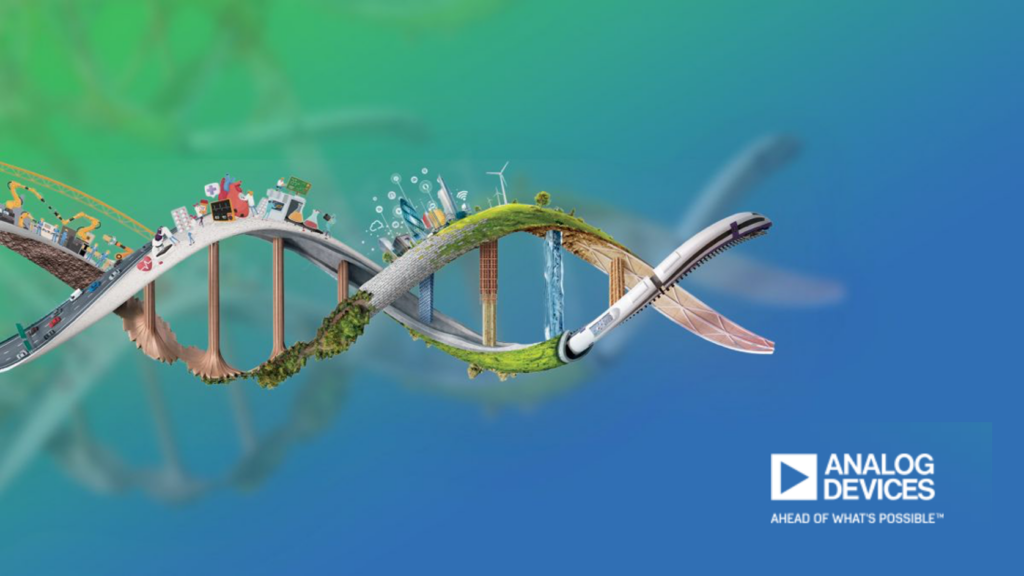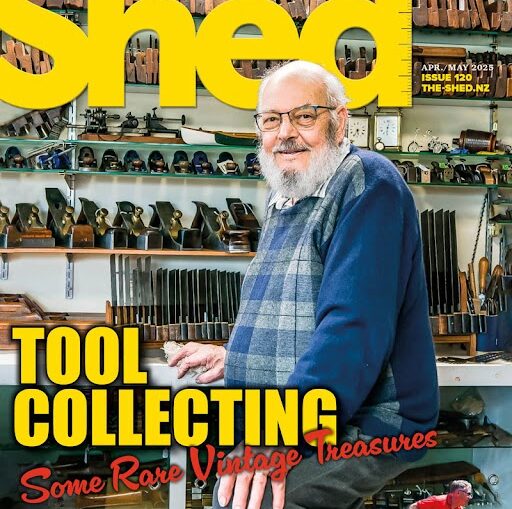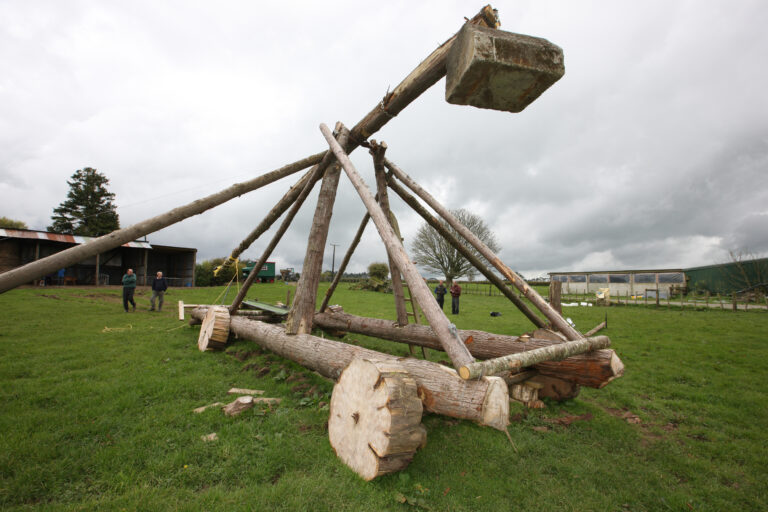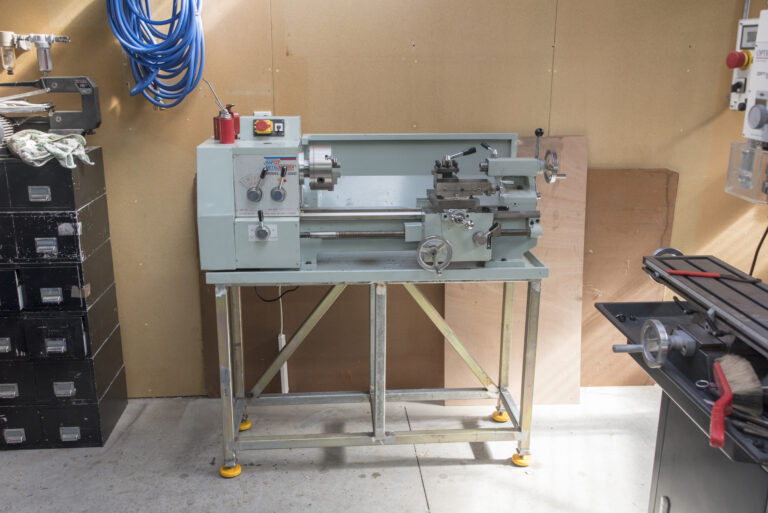element14/Analog

A new global distribution agreement with Analog Devices, an international leader in the semiconductor market, has given element14 the ability to offer its customers an increased range of high-quality products for mixed signal and power management.
“We are committed to strengthening our global product portfolio, and Analog Devices is uniquely positioned to drive innovation across our key markets with high-quality, integrated solutions,” says Simon Meadmore, vice-president of product and supplier management at element14.
The new partnership with element14 will offer fast delivery of the Analog Devices range, including the latest innovative products. The broad portfolio of high-performance analogue, mixed-signal, and digital signal processing integrated circuits is suitable for many types of electronic equipment, helping design engineers to create new solutions for a variety of industries, including automotive, communications, consumer, data centres, and industrial automation.
New products from Analog Devices now stocked by element 14 include:
- Mixed signal: Amplifiers, ADC and DAC converters, analogue switches, comparators, and analogue functions
- Power management: Battery management, DC/DC converters, voltage regulators, LDO, LED drivers, controllers, and power management integrated circuits (PMICs)
- Interface: Transceivers, receivers, interface, drivers, and special function products
- Radio frequency (RF): RF amplifiers and modules
- Sensors: Temperature and optical sensors
- Embedded: Microcontrollers and digital signal processors
“In addition to this, the inclusion of legacy products from Maxim Integrated and Trinamic will assist design engineers in extending the life expectancy of existing products, helping to reduce the risk of early obsolescence,” says Simon Meadmore. “Together, Analog Devices and element14 can offer customers the capability and integrated services to help drive success across a wide range of technologies, projects, and applications.”
Analog Devices combines analogue, digital, and software technologies in a broad portfolio of high-performance analogue, mixed-signal, and digital signal processing integrated circuits designed for many types of electronic equipment, including 5G, Internet of Things (IoT), cyber security, radar systems, and RF solutions.
Bryan Tallman of Analog Devices says the new distribution agreement with element14 will increase the availability of its products for existing customers and also make them more accessible to engineers around the world.
“The power of element14’s element14 Community, regional, technical, and customer support services, [and] robust distribution network were key drivers in establishing this new global partnership,” he said.
element14 offers an extensive range of products in its comprehensive semiconductor portfolio to support design engineers. Customers also have free access to online resources, datasheets, application notes, videos, webinars, 24/5 technical support, and accurate traceability.
Analog Devices’ selected range of market-leading products is now available for fast delivery from element14 in APAC.




